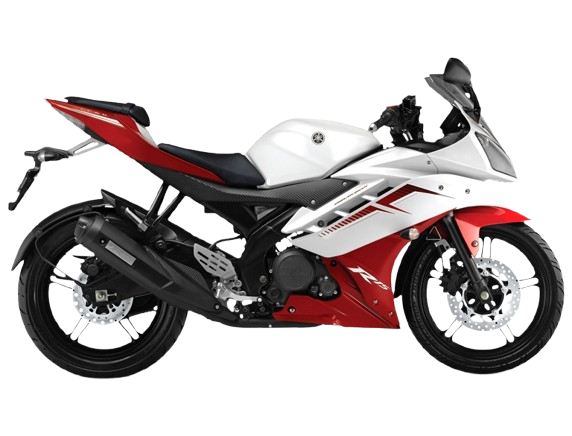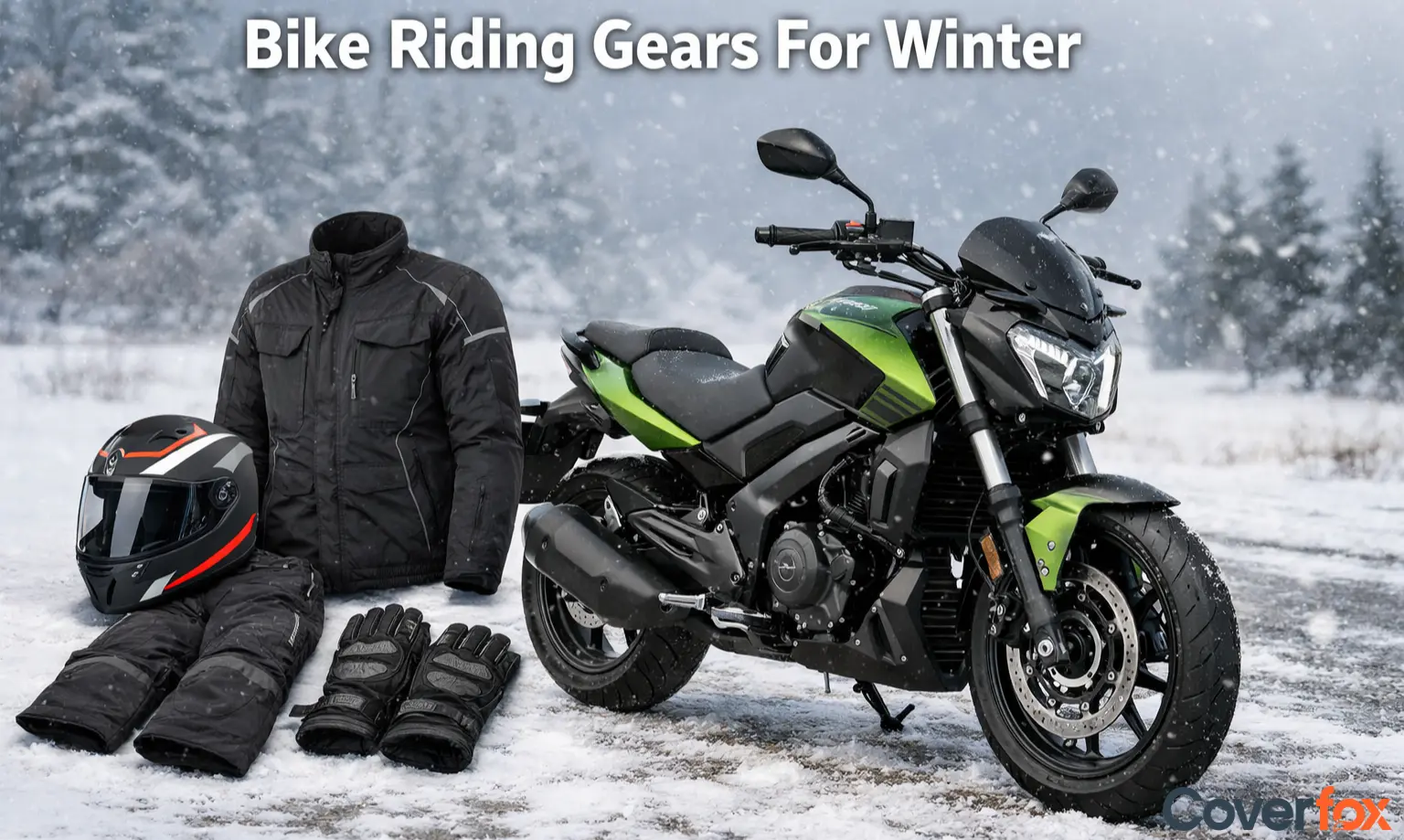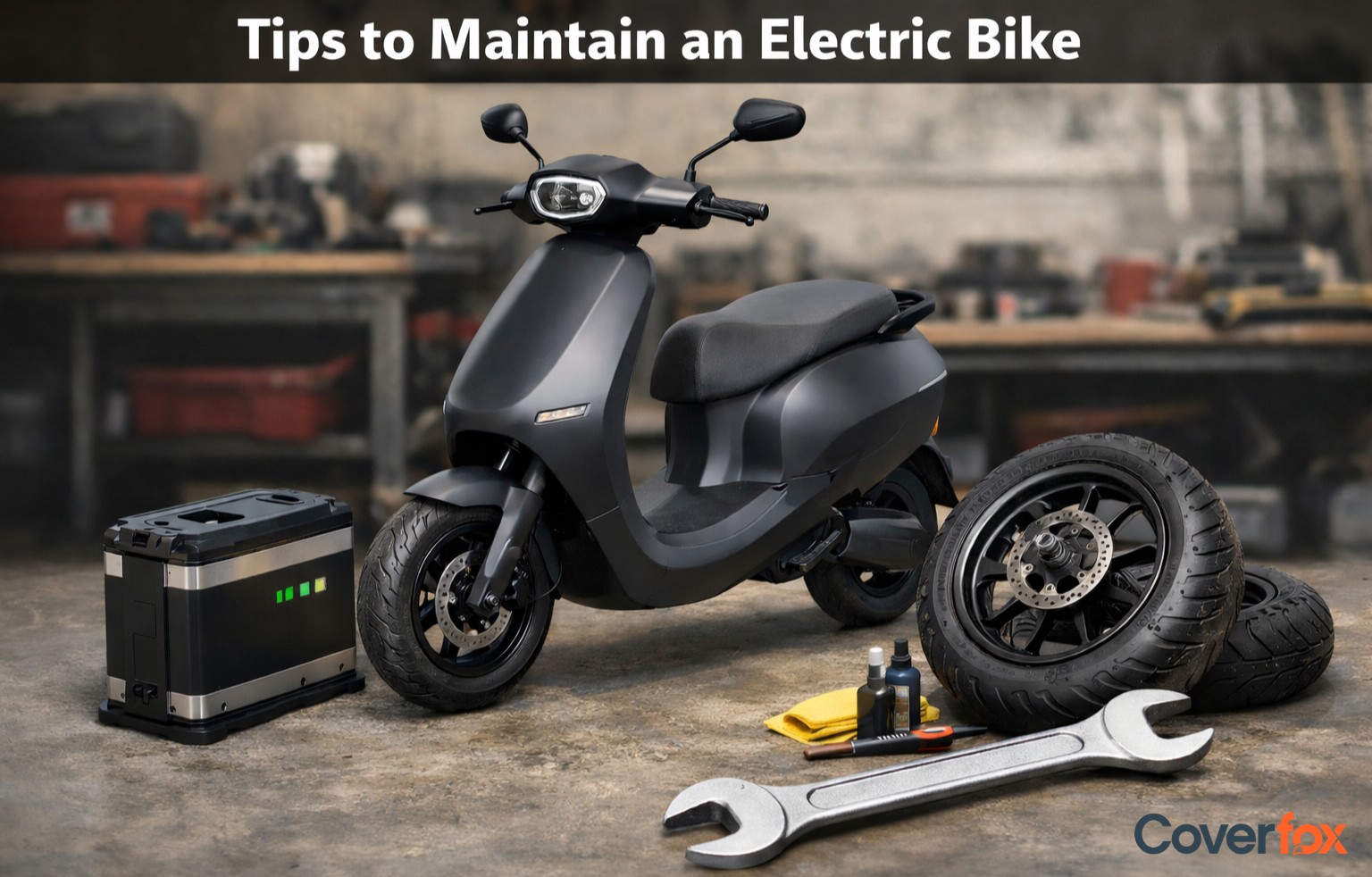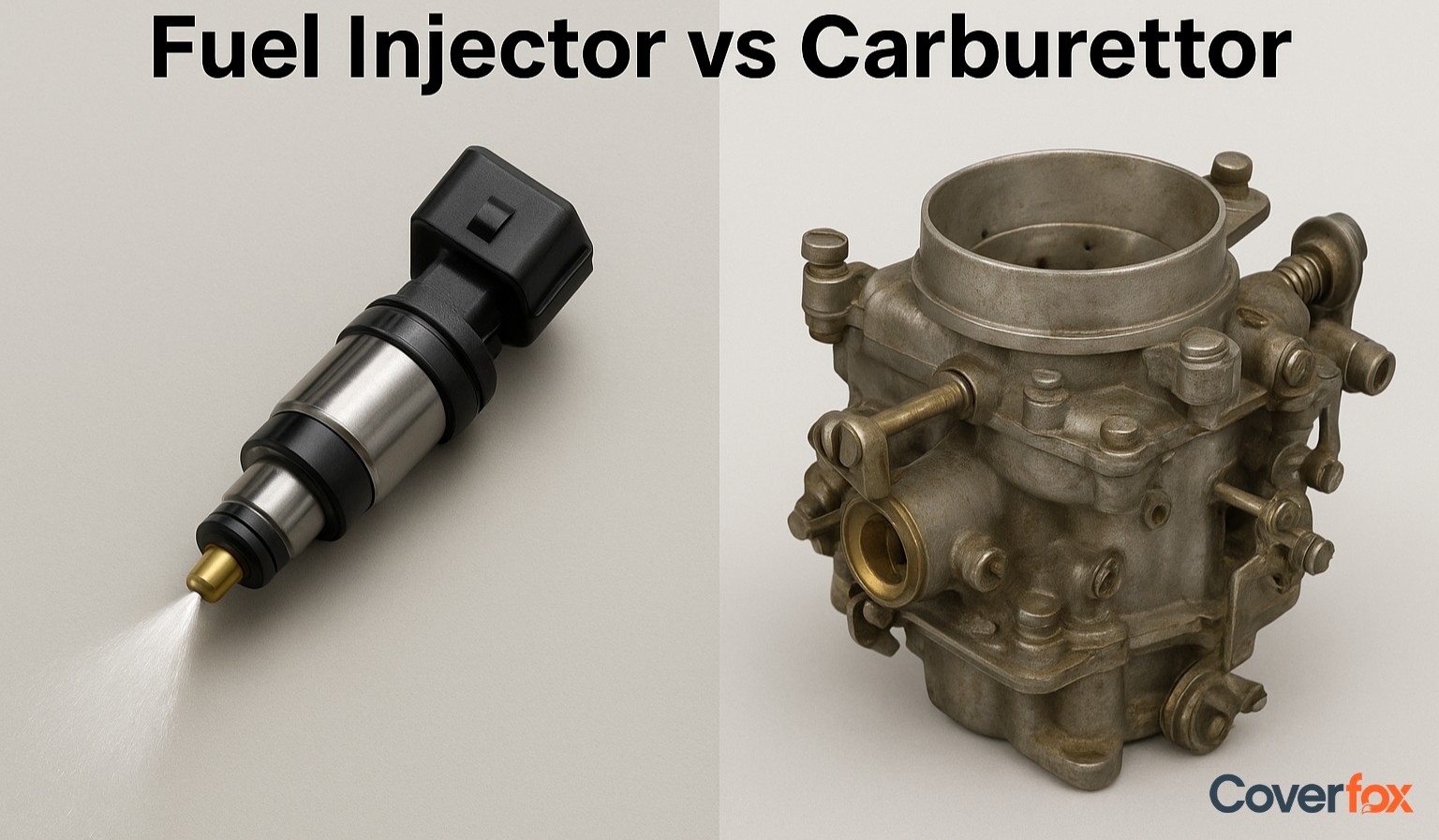Everyone looks forward to buying the best bikes in India. As all bikes come with various kinds of engine cooling systems, some consisting of air-cooled engines and some with oil-cooled engines, people in India usually opt for liquid-cooled engine bikes as they provide good performance, reduce overheating, and make riding easier in the changing weather conditions in India.
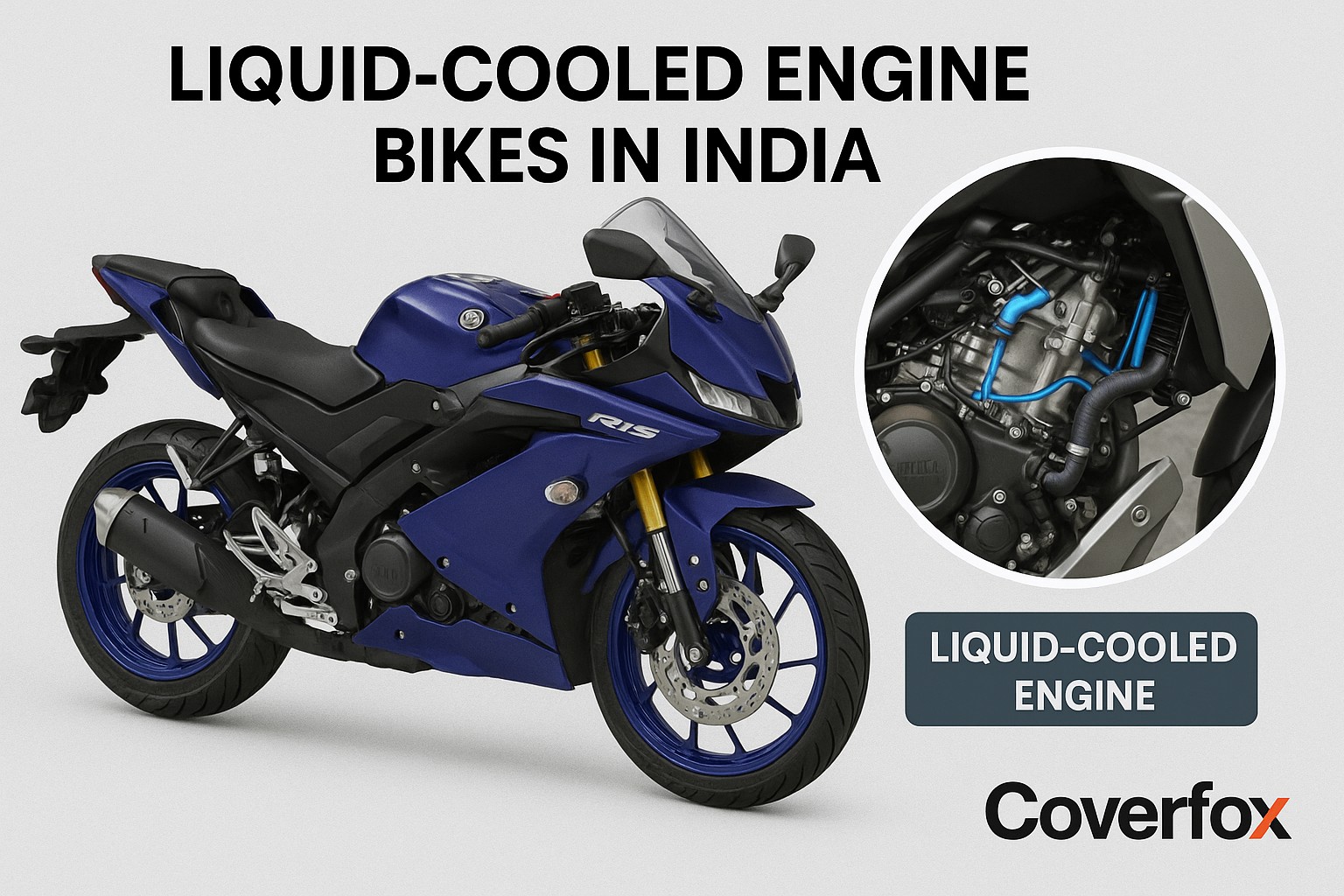
The demand for liquid-cooled bikes is gradually increasing due to their stable performance, durability, and numerous other benefits. In India, it's mandatory to have a two wheeler insurance policy to legally ride on public roads, whether you have liquid-cooled bikes or not.
What are Liquid-Cooled Engine Bikes?
Liquid-cooled bikes are the ones which have a liquid coolant that prevents the bike from overheating during long rides and extreme conditions. It also strengthens the longevity of the bike. These bikes have a special feature that reduces the effect of fluctuating temperatures from outside and manages it so that the bike performs well, and you can have a safe and smooth ride.
Working Process of Liquid-cooled Engine Bikes
Liquid-cooled engine bikes usually use a coolant in their engine, which helps maintain the temperature. It's said that liquid-cooled bikes are much better than air or oil-cooled bikes. They give us multiple advantages like better performance, longevity, fuel efficiency, etc. Here is the step-by-step guide on how they work.
Coolant Stored in Reservoir
Coolant Circulates in Engine
Heat Absorption
Coolant Flows to Radiator
Heat Dissipation
Cooled Coolant Re-circulates
The engine has a coolant reservoir, which is stocked with a unique liquid that helps the engine reduce the heat produced.
The coolant is circulated through the gaps around the cylinder of the engine, followed by a water pump as soon as the engine starts.
As soon as the engine is started and run, it produces heat. Hence, the coolant helps to reduce this heat by absorbing it.
As the coolant absorbs the heat from the engine, it becomes hot. So now this heated coolant is sent to the radiator placed at the front of the bike.
Now the coolant passes through the tubes of the radiator, and then the heat of the coolant is dissipated with a fan or naturally.
As the coolant is cooled down, the liquid in it is again sent to the engine, repeating the cycle.
Liquid Cooling Bikes Under 2 Lakhs
For a hot climate country like India, a liquid-cooled bike works like a boon and comes with benefits like smooth performance, no overheating, etc. Some budget-friendly liquid-cooled bikes under ₹2 lakhs are:
Yamaha R15 V4
Yamaha MT-15 V2
KTM Duke 125
KTM RC 125
Bajaj Pulsar RS200
Bajaj Pulsar NS200
Hero Karizma XMR
Hero Xtreme 250R
Yamaha R15 V4 was launched in the year 2021. It consists of Variable Valve Actuation(VVA), dual-channel ABS and a digital instrument cluster with Bluetooth connectivity. Its engine capacity is 155cc. This model of Yamaha is often called as “baby R1” as its styling resembles the Yamaha R1. Yamaha R15 V4 costs in the range of ₹1.83 – ₹1.88 lakh.
Yamaha MT-15 V2, introduced in 2022, is famous for its sharp street look and easy handling. It has a 155cc engine, a VVA and Bluetooth with a digital meter. Its design is boldly inspired by Yamaha’s “Dark Side of Japan” theme. It can cost you around ₹1.68 to ₹1.73 lakh.
Launched in India in 2018, the KTM Duke 125 is an entry-level bike in KTM’s Duke lineup. It has a sharp, sporty design with WP upside-down forks and a digital instrument cluster. Its engine capacity is 124.7cc. KTM Duke 125 looks very similar to the powerful Duke 200 and gives you a big bike feel at a smaller cost. It costs you between ₹1.78 to ₹1.85 lakh.
KTM RC 125 is a sports bike that came out in India in 2019. It has a race-inspired riding posture with aggressive styling and a 124.7cc engine. It contains a WP suspension, a Digital console and a single-channel ABS. Though it has less engine capacity, its design resembles the powerful RC Models. KTM RC 25 can cost you in the range of ₹1.89 to ₹1.94 lakh.
Bajaj Pulsar RS200 is the first fully-faired sports bike of Bajaj, launched in 2015. It has dual-channel ABS, twin projector headlamps and a 199.5cc engine. Here, RS denotes “Race Sport” and is one of the fastest bikes in the Pulsar lineup, ranging from ₹1.71 to ₹1.75 lakh.
Bajaj Pulsar NS200 was launched in 2012, and its engine has a capacity of 199.5cc. It's a sporty street bike with triple-spark technology, rear disc brakes with dual-channel ABS, and a perimeter frame. It was the very first Pulsar bike with a liquid-cooled engine, and the “NS” in it stands for “Naked Sport”. It can cost you around ₹1.40 – ₹1.55 lakh.
A sporty, cool Hero Karizma XMR was introduced in the year of 2023 with a 210cc liquid-cooled engine. It is powered by a 6-speed gearbox, dual-channel ABS and slip-and-attach clutch. It especially features an adjustable windscreen and a clip-on handlebar. Hero Karizma XMR costs in the range of ₹1.80 – ₹2.02 lakh.
The launch of Xtreme 250R took place in the year of 2025. It is a streetfighter bike containing a DOHC engine of 249.5cc with 29.5 bhp at 9,250 rpm and 25Nm at 7,250 rpm. It is powered by 43mm USD forks, a 6-step monoshock, a steel trellis frame and dual-channel ABS. It costs up to ₹1.80 lakh.
Note: Prices are approximate and may vary by city. Always check the latest specs and offers with local dealers.
Liquid Cooling Bikes Above 2 Lakhs
Some people look forward to the best performances, durability and most advanced technology-based liquid-cooled bikes. They can't compromise in efficiency or quality, for them, bikes above ₹2 lakhs are:
KTM RC 200
Jawa Perak
KTM Duke 250
TVS Apache RR 310
Honda CB300R
Yamaha R3
Royal Enfield Himalayan 450
Kawasaki Ninja 300
BMW G 310 R
KTM Duke 390
Benelli TRK 251
Kawasaki KX250
A fully-faired sports bike, KTM RC 200, was launched in 2014 with dual-channel ABS, aggressive aerodynamics and a sharp LCD console. It is specially designed for track-inspired performance. RC 200 has an engine with a capacity of 199.5cc with mid-range power. Its design is inspired from KTM's MotoGP racing machines and prices between ₹2.18 – ₹2.22 lakh.
Jawa Perak came out in 2019 with a 334cc liquid-cooled engine. It has a matte black finish and a single seat with features like dual-channel ABS and telescopic front forks. It was inspired by the original 1946 Jawa Perak and is represented as India’s first factory bobber. It ranges from ₹2.13 – ₹2.18 lakh.
Duke 250 was introduced in the year of 2017 and acts as a bridge between Duke 200 and Duke 390, as it offers a mix of performance and practicality. Powered by a 248.8cc engine capacity with slipper clutch, LED DRLs and a muscular streetfighter design. It stands out as it’s one of the most balanced KTMs. Duke 250 can cost you between ₹2.39 – ₹2.45 lakh.
Apache RR 310 has the launch year 2012 and is a fully-faired sportbike with a ride-by-wire, dual-channel ABS, multiple ride modes, and a 5-inch TFT display. It has an engine capacity of 312.22cc. It also has a slipper clutch and an optional quickshifter. It’s beneficial as it's perfect for both tracks and long rides. TVS Apache RR 310 costs between ₹2.75 – ₹3.38lakh. This bike has a similar engine to BMW’s G 310 series but is purely designed by TVS itself.
Honda CB300R was earlier launched in India in 2019 and relaunched with a BS6 update in 2022. It has a 286cc liquid-cooled engine, upside-down front forks, dual-channel ABS with IMU and LED lighting. This model is a neo-retro roadster that is beginner-friendly, stylish, sleek and lightweight to ride over. Though it looks muscular, it weighs only 146kg, which makes it lightweight. Its pricing lies between ₹2.40 – ₹2.50 lakh.
Yamaha R3 was launched in India in 2019 and is a sporty middleweight bike. It features a 321cc parallel-twin engine, slipper clutch, LED headlights and a fully digital instrument cluster. Yamaha R3 and Yamaha MT-03 naked bikes are built on the same platform. It can cost you in the range of ₹3.40 – ₹3.50 lakh.
This adventure tourer came out in 2024, which is lighter, powerful, and tech-loaded. Powered by a 452cc engine, it has four riding modes, ride-by-wire throttle, TFT display with navigation and a 6-speed gearbox. It introduces the all-new 'Sherpa 450', Royal Enfield’s first-ever liquid-cooled engine. Its price range lies in ₹2.85 – ₹2.98 lakh.
Ninja 300 was introduced in 2013 in India and was updated to a BS6 in 2021. It features a parallel-twin engine of 296cc, assist and slipper clutch, dual-channel ABS and aggressive support styling. It is a fully-faired sportbike which is globally discontinued but available in India. It has a pricing around ₹3.43 – ₹3.50 lakh.
BMW G 310 R was released globally in November 2015 but was launched in India in 2018. It's a premium quality entry-level naked bike. It has features like a 6-speed gearbox, assist and slipper clutch, LED highlights, a fully digital instrument cluster, dual-channel ABS, adjustable levers with a 313cc single-cylinder engine. It's the first “made in India” bike by BMW, which is assembled at TVS’s plant. It was discontinued in India as of January 2025 and can cost you between ₹2.85–2.90 lakh.
Duke 390 was launched in 2023 and has a 398.6 cc engine. It consists of multiple riding modes, a 5-inch TFT display, LED lighting, and a quickshifter with Bluetooth. It is usually known as “Corner Rocket” and also has the same platform as the KTM 390 Adventure. Duke 390 prices between ₹2.95 – ₹2.97 lakh.
Launched in 2021, Benelli TRK 251 has specifications like USD forks, a digital instrument cluster, LED lighting, dual-channel ABS, a 6-speed gearbox, and a 249cc liquid-cooled engine. It is designed by getting inspired by its elder sibling, TRK 502 and hence is called “Young Adventure Machine”. Its cost lies in ₹2.51 – ₹2.89 lakh.
The Kawasaki KX250 came out in India in 2022 as a track-only bike. It has features like a 249cc engine, Multiple engine maps, launch control, Showa suspension and a lightweight body. Its current 2025 model has smartphone connectivity, and it can price you up to ₹7.99 lakh.
Note: Prices are approximate and may vary across cities. Always confirm current rates and features with local dealers.
Maintenance of Liquid-Cooled Engine Bikes
Though liquid-cooled bikes provide users with better temperature control and an upgraded engine system, it's necessary to maintain the cooling system regularly to function properly and smoothly. Some important maintenance tips are:
Check Coolant Level
Replace Coolant Periodically
Inspect Hoses & Radiator
Monitor Temperature Gauge
Use the Right Coolant
Before going on your ride, make sure that the coolant tank is filled up to the mark as per the requirement to enjoy your ride in a better way.
Always make sure to clean the coolant every 1-2 years and refill as needed.
Check that the coolant doesn’t have any leaks or cracks, and clean the radiator fins for proper flow.
Keep noticing the engine temperature so that it doesn’t rise, as overheating can signal a coolant or pump issue.
On liquid-cooled bikes, make sure to use only their coolants rather than car ones or replace them with water.
Advantages and Disadvantages of Liquid-Cooled Engine Bikes
Liquid-cooled bikes usually provide the best services and have lots of benefits, but they also come with some drawbacks. Here is a glance at it:
| Advantages | Disadvantages |
|---|---|
| Maintains consistent engine temperature in all conditions. | Requires regular coolant checks and periodic replacements. |
| Reduces the chances of overheating, boosting overall performance. | More expensive to manufacture and purchase than air-cooled bikes. |
| Runs smoother and with less noise due to stable temperatures. | More parts are involved, making repairs and servicing more technical. |
| Handles heat better during extended or high-speed use. | The possibility of leaks exists if not properly maintained or sealed. |
| Reduced thermal stress leads to longer engine durability. | The added components make the bike slightly heavier than its air-cooled counterparts. |
Key Takeaways
Liquid-cooled bikes provide you with good temperature control, long engine life, seamless performance, and so they are the best options for long rides, various weather conditions, etc. As they come with lots of benefits, buyers sometimes need to compromise on the price, as they are a bit expensive and need proper maintenance.
For daily use, you can consider fuel-efficient options like the Yamaha R15 V4 or Suzuki Gixxer SF 250. Tourists can go for the KTM Duke 390 or the Royal Enfield Himalayan 450. If performance is your goal, models like the TVS Apache RR 310 or Kawasaki Ninja 400 are great choices. Beginners can opt for entry-level bikes like the Hero Karizma XMR. Make a choice based on your comfort, budget and requirements and enjoy a seamless ride.
Also Read:
Frequently Asked Questions
Which bike has a liquid-cooled engine?
Bikes like Yamaha R15 V4, KTM Duke 390, and TVS Apache RR 310 have liquid-cooled engines.
Are liquid-cooled bikes better?
Yes, liquid-cooled bikes are better as they offer better cooling, performance, and engine protection.
What are the advantages of liquid-cooled engines?
They have advantages like keeping engine temperature stable, reducing wear, improving performance, and supporting longer rides.
What are the disadvantages of liquid-cooled engines?
They have disadvantages like costing more, needing regular maintenance, and having a more complex design.
Which is better: an oil-cooled or liquid-cooled bike?
Liquid-cooled bikes are better for performance, and oil-cooled bikes are simpler and cheaper to maintain.
Does Royal Enfield have any liquid-cooled bikes?
Yes, the Royal Enfield Himalayan 450 has a liquid-cooled engine.
Is the lifespan of liquid-cooled engines greater?
Yes, liquid-cooled engines have a greater lifespan.
